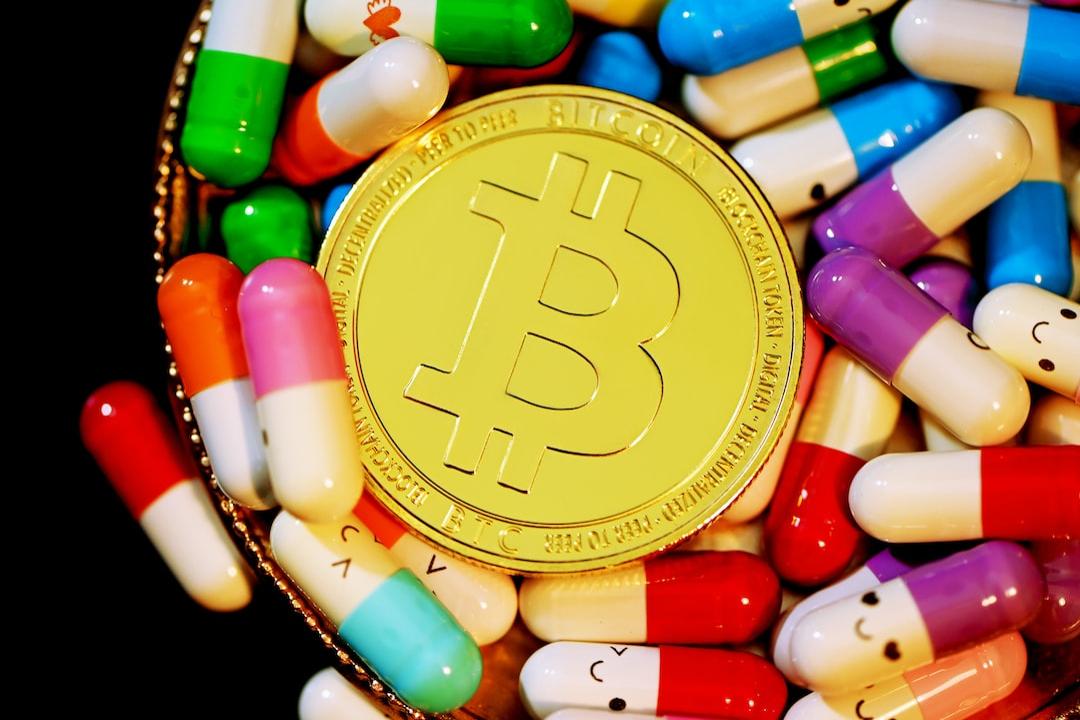In early July, the cryptocurrency sector witnessed a pivotal moment, especially for investors and analysts closely tracking the impact of major token unlocks.
Gate.io, a prominent cryptocurrency exchange, has provided detailed insights into significant token unlocks scheduled from July 1st to July 7th, influencing market dynamics and investor strategies.
Token unlocks occur when previously restricted tokens are released into circulation, enabling holders to sell or transfer their assets freely. These events often introduce heightened volatility in token prices due to potential selling pressure or increased liquidity and trading activity. The period in question featured substantial token unlocks across various cryptocurrencies, injecting significant sums into the market.
Key Token Unlocks (July 1 – July 7)
#SUI – $50.70 million
#IO – $26.62 million
#DYDX – $11.30 million
#ENA – $7.95 million
#PENDLE – $1.29 million
…
Explore more in the image below!
More details:
https://t.co/fPWoHaRdFY
pic.twitter.com/EVUARSLfaM
— Gate.io (@gate_io)
July 1, 2024
Understanding the Impact of Unlock Events
During this highlighted week, notable token unlocks included SUI, amounting to $50.70 million, and IO, which saw $26.62 million become available. Additionally, significant amounts were released for DYDX and Ethena (ENA), totaling $11.30 million and $7.95 million respectively. Smaller sums were also unlocked for PENDLE and several other tokens, as outlined in Gate.io’s report.
This diverse array of unlocks provides a glimpse into broader market trends and the varied token economic models in play across different blockchain projects.
The largest unlock by volume was for EGLD, releasing 90.80% of its total tokens, equivalent to $638.98K. Following closely was EUL, with 87.20% of its tokens entering the market. Such substantial releases can lead to significant shifts in token valuations, as market dynamics adjust to increased supply.
Conversely, LQTY and GAL also experienced notable percentages of their tokens unlocked, at 95.80% and 58.70% respectively, albeit with comparatively lower monetary values involved.

